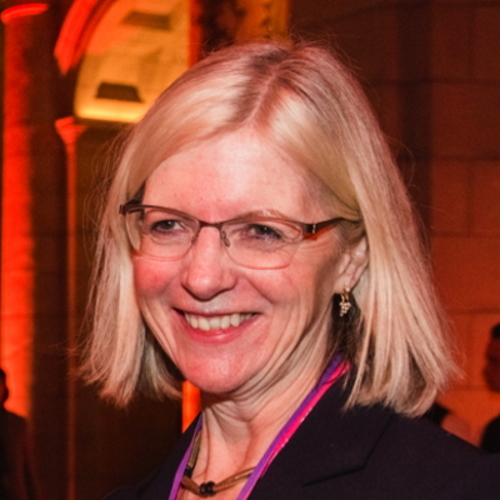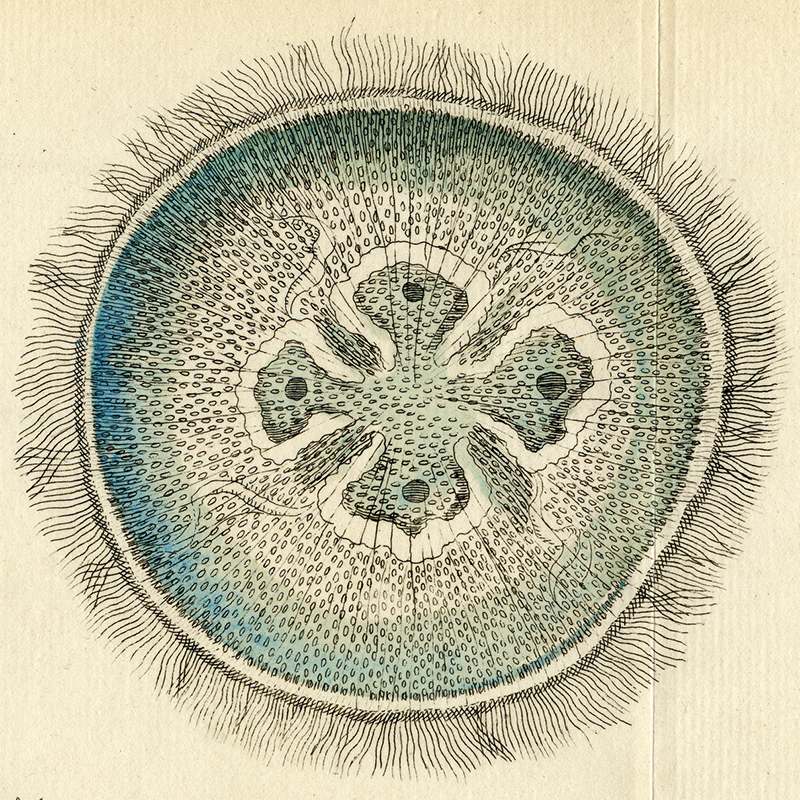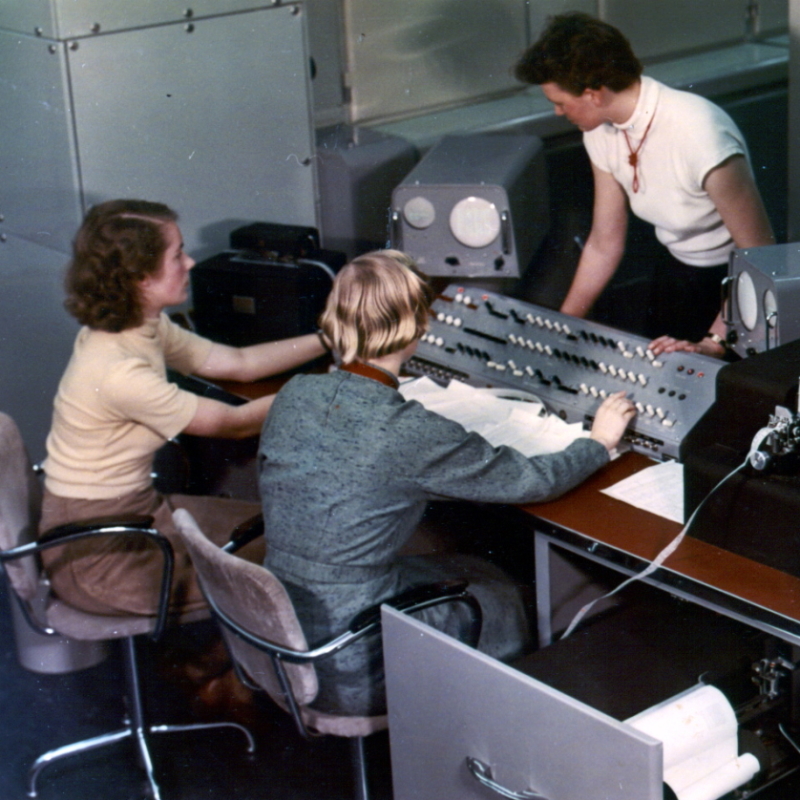A new Royal Society Google Arts & Culture exhibition looks at how John Ruskin interacted with Victorian scientists in his depictions of the skies, as exhibition curator Professor Sandra Kemp explains.
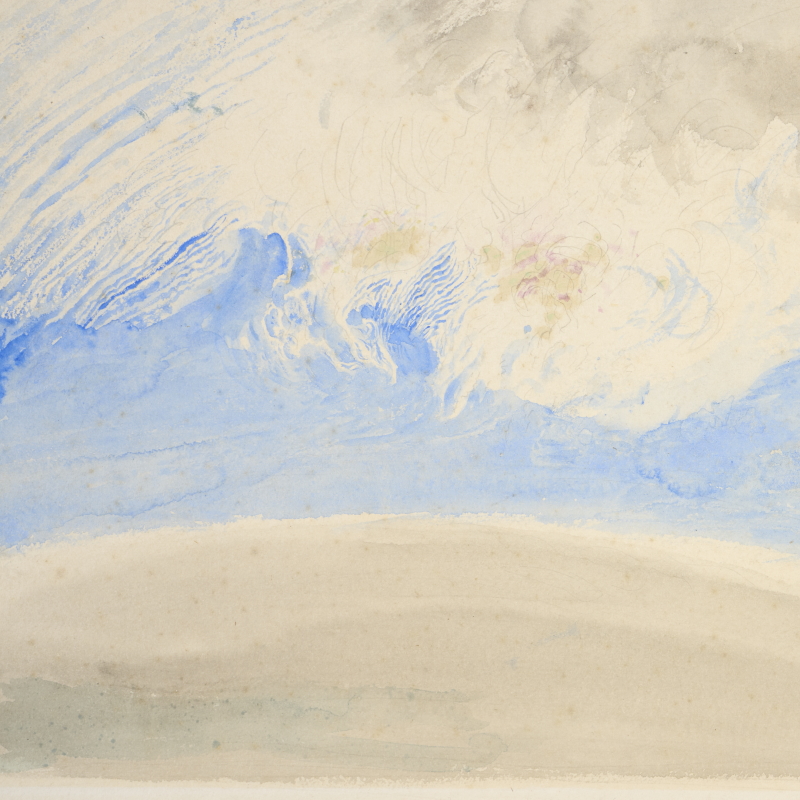
In his seventh ‘Lecture on Art’ at Oxford University in 1870, the writer and art critic John Ruskin complained: ‘We live in an age … without honest confidence enough in itself to carve a cherry stone with an original fancy, but with insolence enough to abolish the solar system, if it were allowed to meddle with it.’
But Ruskin himself wasn’t averse to meddling with what he called ‘our whole concept of the architecture of the sky’. Written as a defence of truth to nature in the paintings of the landscape artist J M W Turner (1775-1851), Ruskin dedicated three chapters of the first volume of Modern Painters (1843) to the depiction of clouds. He described Turner’s skies as follows:
‘It is a painting of the air, something into which you can see, through the parts which are near you, into those which are far off; something which has no surface and through which we can plunge far and farther, and without stay or end, into the profundity of space.’
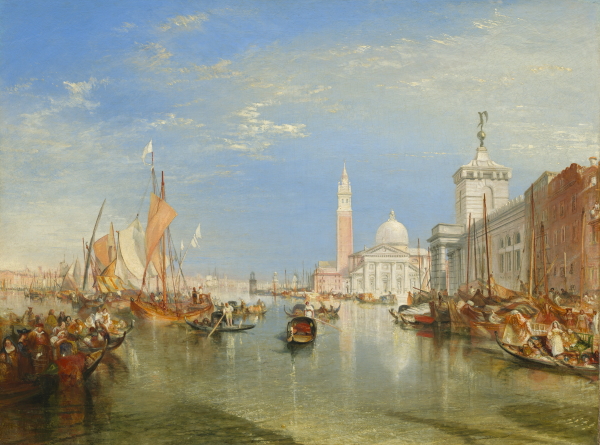
Joseph Mallord William Turner, Venice: The Dogana and San Giorgio Maggiore, 1834. Widener Collection (1942.9.85), National Gallery of Art, Washington DC (public domain)
Ruskin’s drawings and paintings of the sky bridged new scientific understanding of the flux of atmospheric elements with experimental image-making. Like the painters John Constable (1776-1837) and Turner before him, Ruskin drew on the classification of cloud types created by Luke Howard FRS (1772-1864). These were also used by scientists: for example, in the watercolours and photographs of Charles Piazzi Smyth FRS (1819-1900), Astronomer Royal for Scotland, and by the meteorologist and celebrated captain of the voyage of HMS Beagle, Robert FitzRoy FRS (1805-1865), who refined Howard’s classifications.
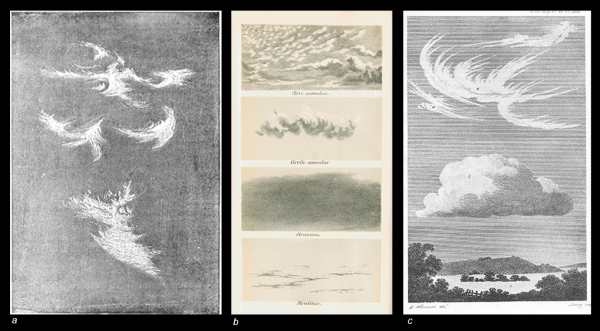
Cloud formations by (L-R) John Ruskin (Works Vol. VII, 1905); Robert FitzRoy (The Weather Book, 1863); Luke Howard (Philosophical Magazine, 1803; source: gregoniemeyer via flickr)
Elsewhere, Ruskin’s claim that he engaged more closely with science than any other artist of his day was particularly evident in his research on the behaviour of light and optical phenomena related to thermal radiation and varying moisture conditions. Here Ruskin argued that 'attention to the real form of clouds, and careful drawing of effects of mist… becomes a subject of science with us; and the faithful representation of that appearance is made of primal importance, under the name of aerial perspective'.
For Ruskin, gradations of line as well as colour were central to the delineation of the skies. In Modern Painters, ‘Cloud Perspective: Rectilinear’ is followed by a paired diagram, ‘Cloud Perspective: Curvilinear’, which applies geometric compositional rulings to the natural curvature of cloud formations.
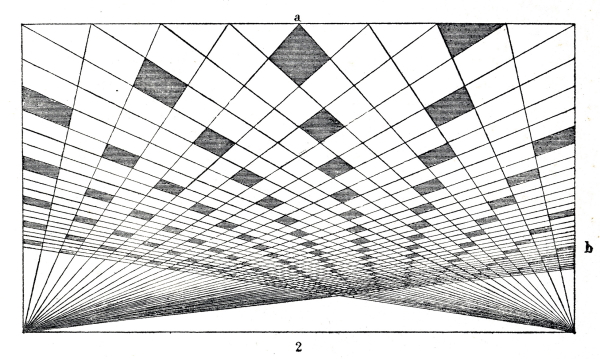 ‘Cloud Perspective: Rectilinear’, Modern Painters V, Plate 64 in John Ruskin, Works Vol. VII, ed. by Cook and Wedderburn (London: George Allen, 1905), p.152
‘Cloud Perspective: Rectilinear’, Modern Painters V, Plate 64 in John Ruskin, Works Vol. VII, ed. by Cook and Wedderburn (London: George Allen, 1905), p.152
Ruskin painted the skies using a cyanometer, a device for measuring the colour blue, created by Horace-Bénédict de Saussure FRS (1740-1799). ‘The loveliest colours ever granted to human sight are those of morning or evening clouds before or after rain’, he wrote. The same precision was deployed by the astronomer Warren de la Rue FRS, who devised a colour chart or ‘chromatic scale of colour’ to better represent the hues of solar prominences. Ruskin’s only known visit to the Royal Society was when he attended de la Rue’s lecture on the 1860 total solar eclipse in 1862.
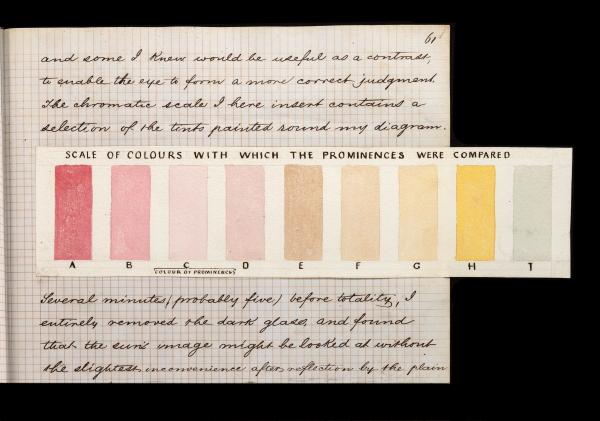
Warren de la Rue, Chromatic scale, 1862 (Royal Society)
Above all, meteorology appealed to Ruskin as ‘a science of the pure air, and the bright heaven’. In the preface to his book The Queen of the Air (1869), Ruskin lampoons early attempts by John Tyndall FRS (1820-1893) to simulate in a bottle the processes occurring naturally in the sky: ‘within an experimental tube, a bit of more perfect sky than the sky itself!’ Tyndall used a simple glass tube with a white light at one end for the sun to simulate the sky. He theorised that the colour of the sky is caused by light from the sun scattering off particulates (dust, vapour) in the atmosphere – though we now know blue light is scattered more because it has a shorter wavelength.
Ruskin’s later life just coincided with the early work of the Scottish physicist and meteorologist Charles Thomson Rees Wilson FRS (1869-1959), who later won the Nobel Prize for his cloud chamber, developed as a result of his research into cloud formations, particularly thunderclouds and lightning. Cloud chambers are sealed devices saturated with water vapour in which ionising radiation forms visible ‘cloud trails’. In Modern Painters Ruskin also light-heartedly satirises scientific attempts to recreate clouds in a laboratory in order to study these phenomena: ‘It got the clouds packed into iron cylinders, and made them carry its wise self at their own cloud pace.’
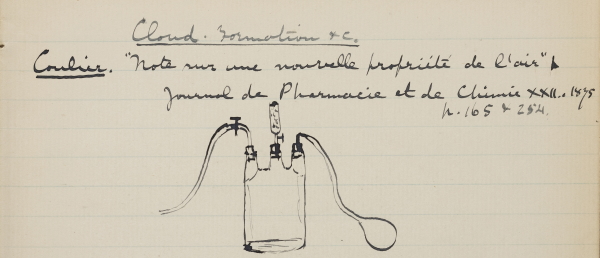
C T R Wilson, Laboratory notebook, 1895 (Royal Society)
He is more critical of scientific experimentation on clouds in his famous lecture ‘The Storm-Cloud of the Nineteenth Century’, delivered in 1884 at the London Institution. After fifty years of ‘accurately recorded observations of the sky’, in this lecture and elsewhere Ruskin documents ‘an atmosphere through which a burning sun shines thwartedly’ as a result of industrial pollution, causing skies to darken over Europe. At the time, Ruskin’s arguments and his careful documentation of what he described as the ‘plague wind’, accumulated over a lifetime’s study of the skies, were for the most part ridiculed.
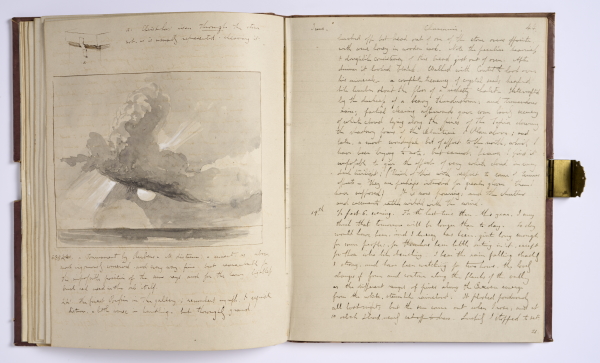
John Ruskin, Diary of John Ruskin – 1844. MS 4 © The Ruskin, Lancaster University
Meteorological records show, however, that Ruskin was correct: the effects of human activity on the atmosphere, not only over Europe’s industrial centres but also its natural landscapes, reached a critical point in 1883 following record levels of sulphur dioxide in 1880, as a result of the burning of fossil fuels. Ironically, it was Tyndall who had proved scientifically the connection between increased carbon dioxide and what is now known as the greenhouse effect.
Perhaps the last word should be Ruskin’s. In his autobiography, Praeterita (1885), he notes ‘the interwoven temper of my mind … which has always made foolish scientific readers doubt my books because there was love of beauty in them, and foolish aesthetic readers doubt my books because there was a love of science in them’.
From the first photographic images of the Alps and the sun, to experimental studies of aerial perspective, this dialectic is evident in the online exhibition 'Painting with Sunlight: Ruskin and Science':

